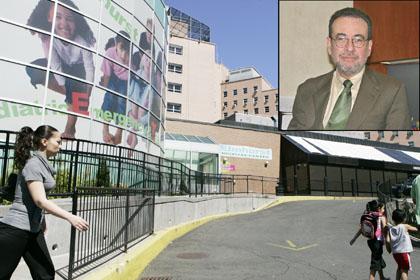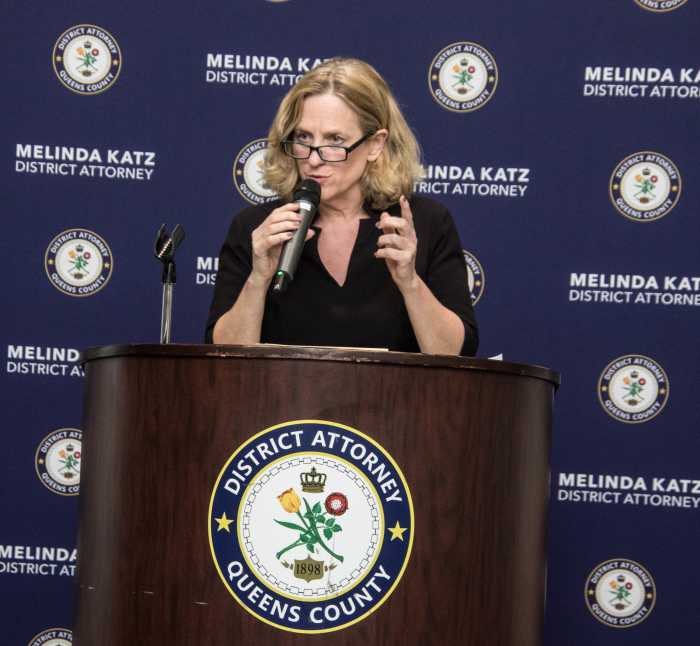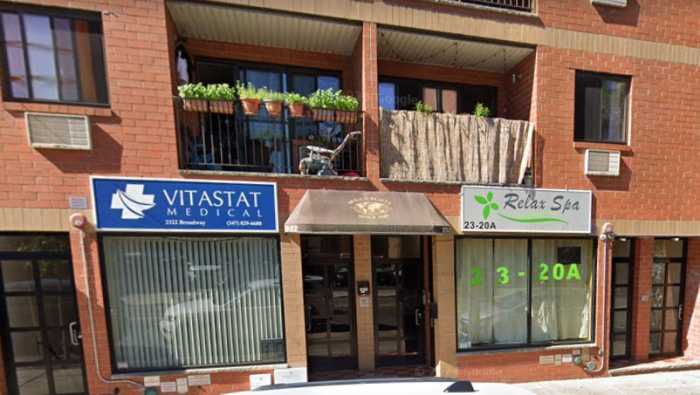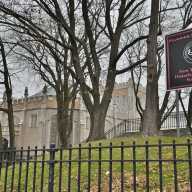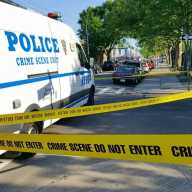By Anna Gustafson and Stephen Stirling
Emergency rooms around the borough are already experiencing “significant” spikes in incoming patients this week as Queens hospitals brace for the impacts of the impending closure of St. John’s Hospital Queens and Mary Immaculate Hospital.
The pair of hospitals, operated by Caritas Healthcare Inc., shut down all emergency services on Saturday, increasing the burden on Queens’ other medical facilities, which were scrambling to bolster beds and staff to accommodate the expected wave of new patients.
Officials from Jamaica Hospital, Elmhurst Hospital, Queens Hospital Center, Flushing Hospital and New York Hospital of Queens told TimesLedger Newspapers they were in the process of adjusting their emergency room and long−term care operations to handle a potential influx of new patients as the Caritas hospitals phase out operations until the end of February.
Ole Patersen, vice president of emergency medicine and public affairs at Jamaica Hospital, said patient levels at the emergency room varied from slightly above average to between 20 percent to 30 percent above normal on different days in the last week.
“We are seeing increases in volume, both from ambulances and walk−ins. We’ve been monitoring it for the past few weeks because we suspected it would begin to ramp up and it has,” Patersen said. “When Mary Immaculate stopped taking ambulances, we became the only Level 1 Trauma Center in [southeast Queens]. It’s the added stress of all the things that go along with that. We have to try and accommodate for everything.”
City Health & Hospitals Corp. President Alan Aviles said emergency rooms at Queens Hospital Center and Elmhurst Hospital Center have seen “significant” increases in emergency department patients since news of the hospital closings first surfaced.
“We are in the process of adding staff to the emergency departments in both HHC facilities to better handle the spikes in volume, but we are very concerned about the possibility of longer delays for patients in the ER,” Aviles said in a statement.
A 2006 study by Borough President Helen Marshall’s office showed that Queens — prior to the closure of Parkway Hospital in Forest Hills last year and the pending closure of Mary Immaculate and St. Johns — had just 1.4 hospital beds per 1,000 residents. New York Hospital of Queens CEO Stephen Mills said this underscored the need for a quick solution.
“We need a collaborative effort that brings together hospitals and physicians, plus our elected officials and health agency leaders at the borough, city and state level, to work together to identify problems and find solutions,” Mills said.
Community Board 8 members said they were concerned about the impact the closings would have on area hospitals, including Jamaica Hospital and Queens Hospital Center.
“Mary Immaculate especially is serving some of Queens’ most vulnerable residents,” said Kevin Forrestal, a CB 8 member and chairman of health, hospital and community services of the Queens Civic Congress. “These are people without a lot of money and not a lot of transportation options. That’s an issue. Time is very important when there’s an accident.”
Reach reporter Stephen Stirling by e−mail at sstirling@timesledger.com or by phone at 718−229−0300, Ext. 138.

